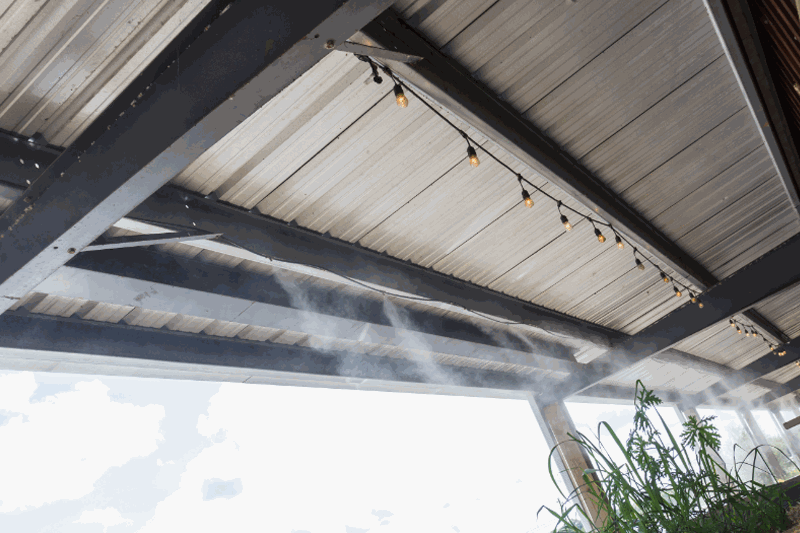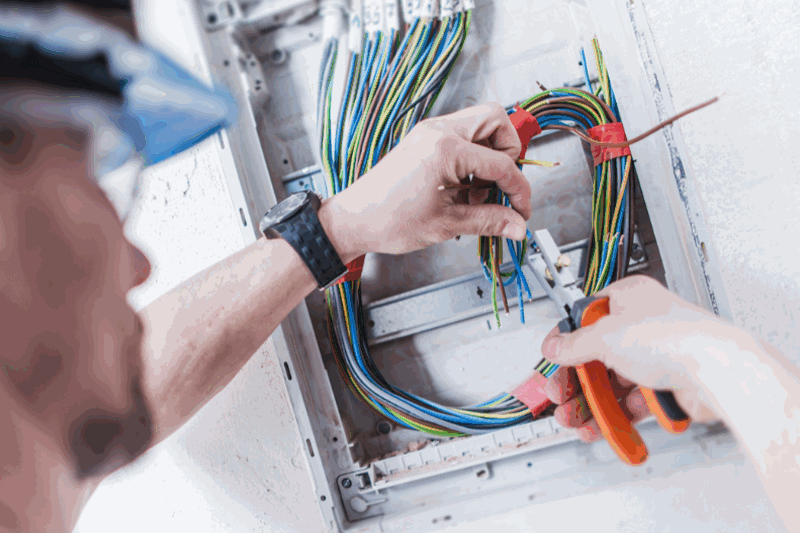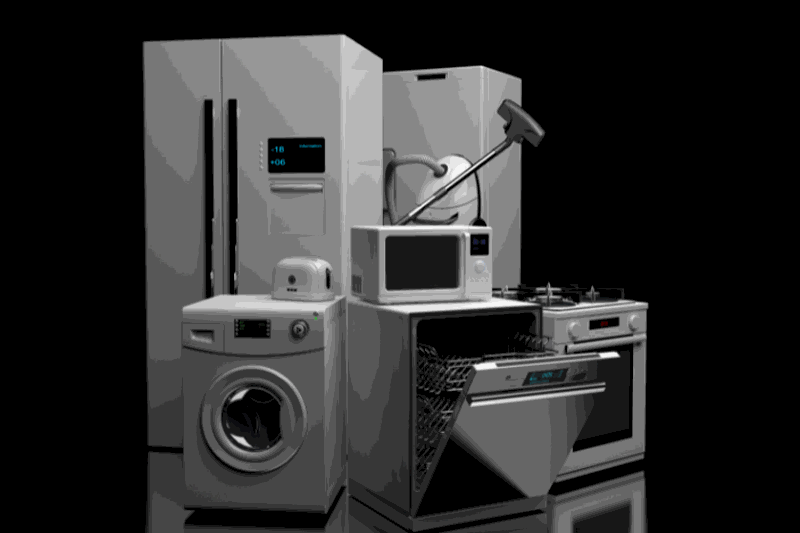Home warranties vary from one company to the next in a variety of aspects. These aspects include rates, deductibles, and also what is and is not covered under the warranty. However, the vast majority of home warranties will cover these five crucial areas in your home.
The heating system
Most home warranties will cover the heating system in your home. This includes the furnace and the ductwork throughout the home. This coverage is important to have because of the large cost associated with having to replace or repair any of the aspects of the heating system. Just the furnace alone can cost you between $1,200 and $3,500 to replace or repair. If there is something wrong with your ductwork, that cost could rise even further.
The cooling system
Most home warranties will cover the air conditioner in your home, whether it is a built-in, central air conditioning unit, or one that’s been built into the wall (an outdoor/indoor one). Air conditioning systems can cost anywhere from $700 to $3,275 approximately, depending on the type of air conditioning system installed in the home.
The electrical system
Electrical systems throughout the home always have a tendency to go haywire and require some work to be done. A major electrical problem in your home though could cost thousands of dollars. Of course, before you purchase the home you should have an inspector go through the home and inspect it, including the electrical system, so you can be sure that the electrical wiring is up to code. Failure to have a properly installed electrical system, or for it to be not up to code, could result in your home warranty being invalid.
The plumbing system
Home warranties usually cover the indoor plumbing system including all the pipes and drains. Faucet repairs are not usually covered or included in a home warranty. However, outdoor plumbing, such as the outdoor sprinkler system, outdoor water supplies, spas, pools, and hot tubs are not covered unless you purchase additional coverage to include these items. Be sure to check with the warranty provider if these items are covered, and if they are included with the home you are buying or selling.
Major appliances
There are many major appliances that are often covered within a home warranty. Most often it is the stove, range, fridge, and built-in dishwasher that are included. However, some home warranties include built-in microwaves, garbage disposal, trash compactor, and washers and dryers in the warranty. You may also find some home warranties that will include ceiling fans that are already installed in the home.
What’s not included
It’s important to know that permit fees and costs associated with hauling away old appliances or debris are not covered in home warranties. There are always differences between home warranty plans, so be sure to read all the policies before you agree to them. Don’t be afraid to ask the agent to clarify what is and is not included in the home warranty. Be sure that what the agent says and what the policy reads coincide. If the agent says something different than how the policy reads, be sure to get it in writing.
Research and compare
When you begin to look for a home warranty, be sure to do your research. There could be some major differences between different policies of different companies. Most of the differences you will find are in the rates that you are charged, the deductibles on claims, and the coverage that is offered. Even the smallest of differences can make a big impact on the home warranty and how it meets your needs.
Regardless of the home warranty that you choose, be sure that you understand everything that is covered and what is not covered. You should also talk to the agent about how your policy may be invalid, such as for improper installation or misuse of the item. The agent selling you the home warranty should be able to answer all of your questions about the warranty, its coverage, the deductibles that you will have to pay if you have a claim, and the rate that you will be charged for your warranty. Ensure that all of the major items, as listed above are included as covered in your warranty. You should also ask about renewal, and if your warranty can be renewed at the end of the term. Most often, if it is the buyer who has purchased the home warranty it is renewable, however, if it is the seller who has purchased the warranty, it is likely non-renewable at the end of the term.
Want to discuss more? Contact our remodeling consultant now.





